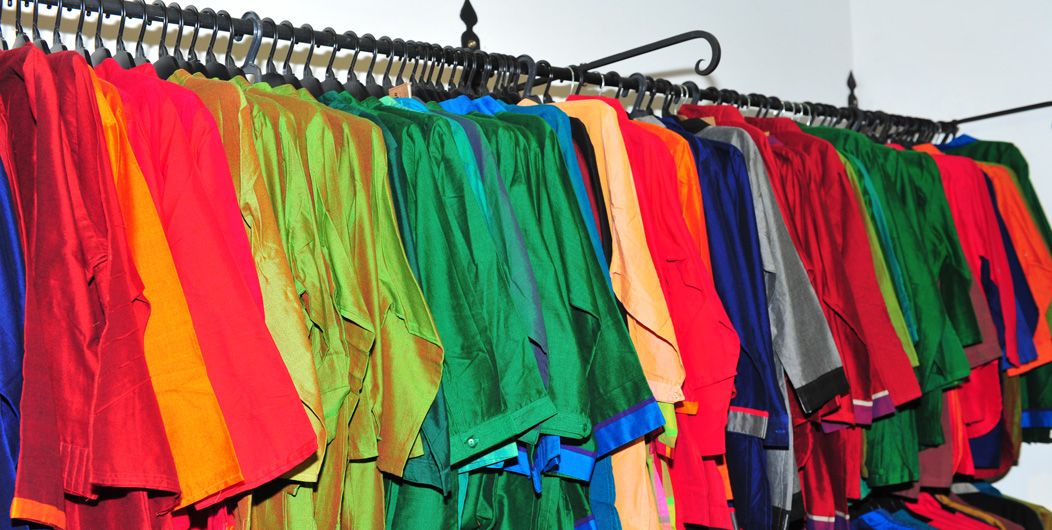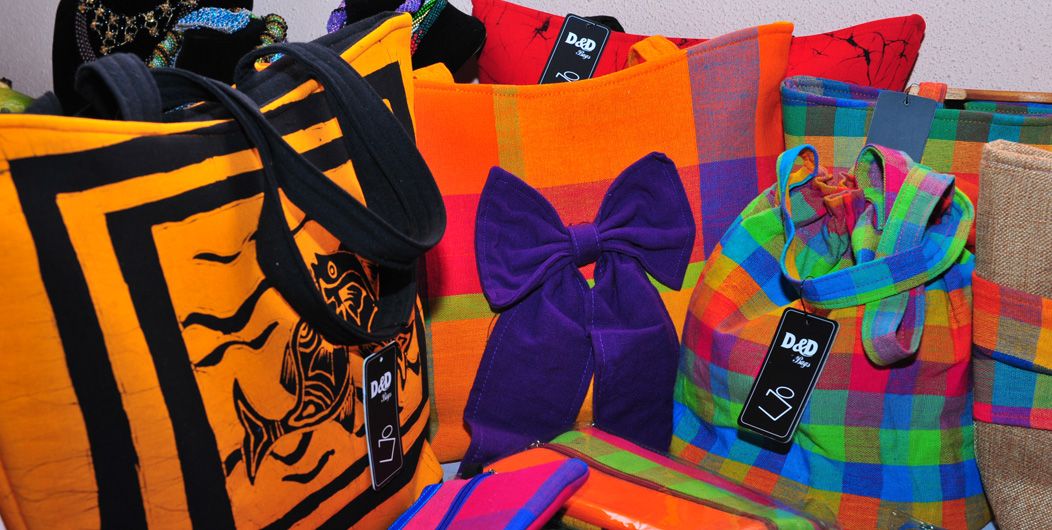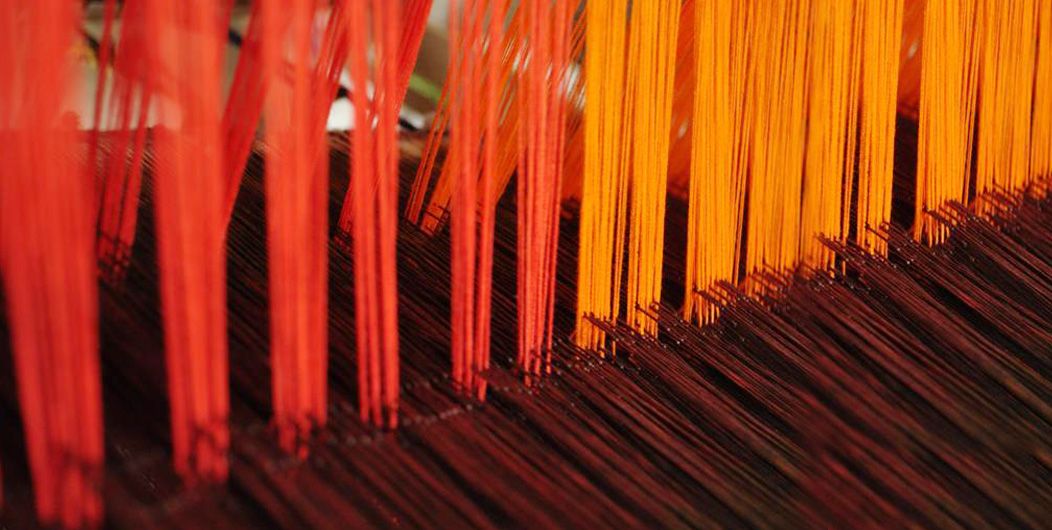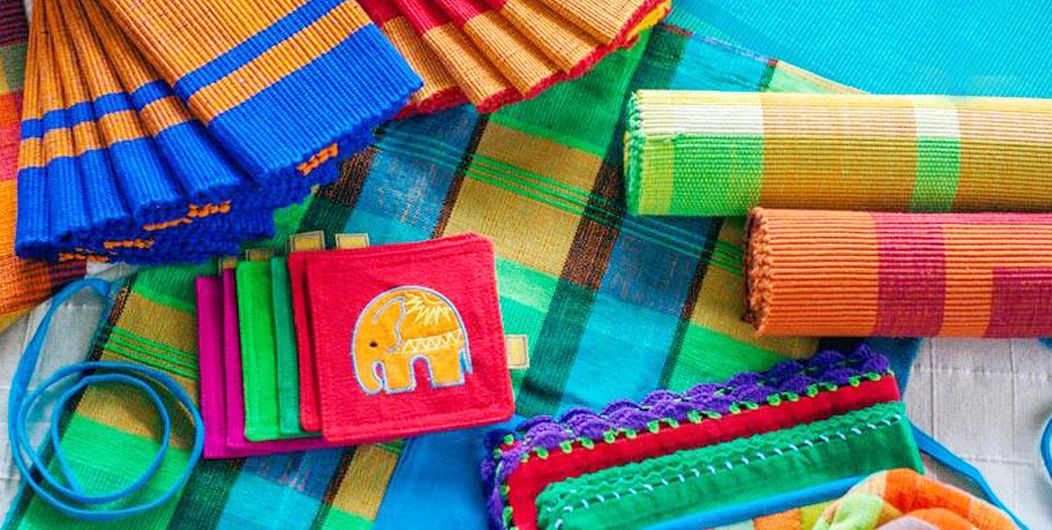



Historically, Sri Lanka has traded textile with nations like India, China and Middle Eastern countries, and the handloom textile industry is one of the country's oldest traditional crafts.
The elegance of locally handcrafted sarees, the vibrancy of painstakingly woven soft toys, the innovative colour combinations of upholstery fabrics: these are part and parcel of Sri Lanka's centuries old handloom textile industry.
The industry has helped showcase the undying creativity of generations of Sri Lankans taking them to the international arena.
The mix of manufacturers includes leading handloom weaving manufacturers as well as small scale producers. With the help of factories, some small scale weavers have been given an opportunity to showcase their talents and penetrate international markets. Leading producers have not only found success but also present their wares to tourists to Sri Lanka, which has always resulted in an excellent response.
A range of designs and colours are on offer; individual and innovative designs, craftsmanship, colour combination and patterns are handed down from generation to generation.
These items are designed for niche markets where handmade products of high value are preferred. Sri Lankan handloom producers are capable of supplying numerous products to such markets in Italy, Germany, France, UK, Norway, Netherlands and Maldives, which are some of the largest buyers for Sri Lankan handloom textile products.
Awareness of modern design trends, combined with traditional craftsmanship and the influx of new processing techniques, Sri Lankan handlooms have been given a new life. The industry has gained a dominant identity and a foothold in the competitive international market.
Though handloom weaving is a skilled profession, training facilities and centres are already available in Sri Lanka. As an added advantage, trainees do not require prerequisites.
Countries are looking for environmental friendly, handmade products made with sustainable supply chains. Handloom products are completely sustainable and use eco-friendly raw material or recycled material with minimal environmental pollution. Thus, there is a great opportunity for the Sri Lankan handloom industry to flourish. Further, development of the industry would reduce the flow of imported material to the local market and save valuable foreign exchange.
G.S.P. Certificate / Certificate of Origin,

The elegance of handcrafted sarees, the vibrancy of soft toys, the innovative colour combinations of upholstery fabrics are all part of Sri Lanka's centuries-old handloom textile industry. The wide range of products and expert exporters are well-suited to fulfil any requirements.